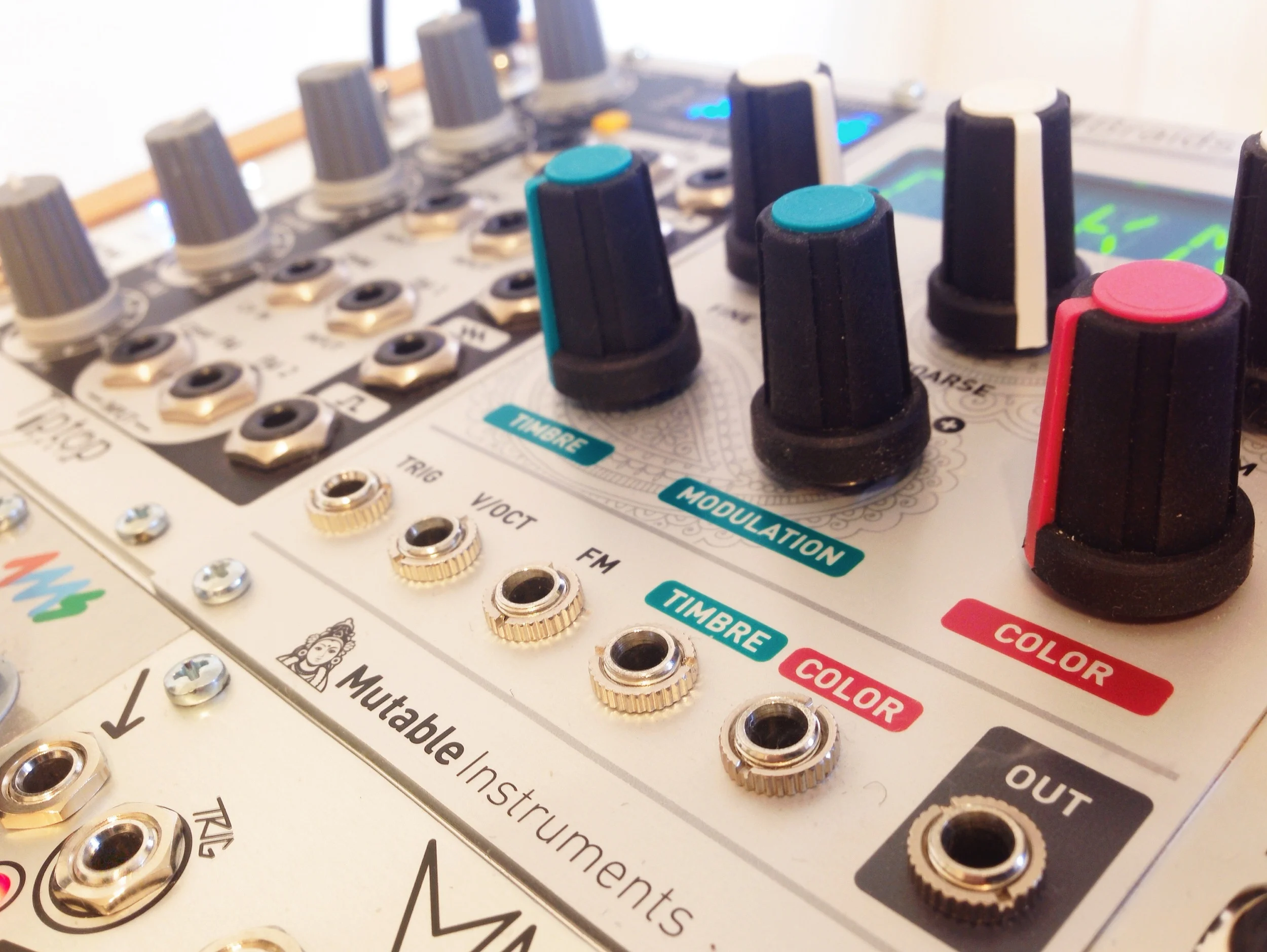GrainFlux is now available!
/Hello everybody!
We're proud to announce that GrainFlux, our latest MaxforLive synthesizer, is now available!
GrainFlux is a monophonic MaxforLive synthesizer that combines different synthesis techniques such as granular, wavetable, and subtractive to create unique and distinctive sounds. It works by using audio samples to create two different waveforms which can be morphed and modulated.
While you can use any of your own samples, GrainFlux ships with 40 high-quality samples created using a Eurorack modular synthesizer to get you started. These samples were designed to give you a variety of different timbres and textures.
Check out the GrainFlux overview video below:
What sets GrainFlux apart from regular granular synthesizers is that it uses 2 separate and different grains which can be controlled independently. We developed some great and unique features such as the Tilt control, that lets you simultaneously change the grain size of the two waveforms in opposite directions.
Since GrainFlux uses samples to create these waveforms, you can easily get completely different timbres and sounds by simply loading a different sample.
Our goal when designing this synth was to mix different synthesis ideas in a way that could provide powerful results while still being easy and fun to use. Everything in GrainFlux, from the default settings to the way modulation works, was carefully thought out so you can get very interesting timbres even from the most basic patches.
The interface was designed to make artists feel comfortable to experiment and play around without making them feel overwhelmed by too many controls and settings.
We also focused on providing a great and fast workflow. For example, when you drag an audio sample onto the Audio File drop-box, GrainFlux automatically updates the Folder drop-down menu to display all of the other audio files available in that same folder, so you can quickly try different samples.
GrainFlux is available for U$14.99 at http://spektroaudio.com/grainflux
If you'd like to keep up with our latest news, follow us on Twitter (@SpektroAudio) or sign up for our newsletter.
Until next time!























